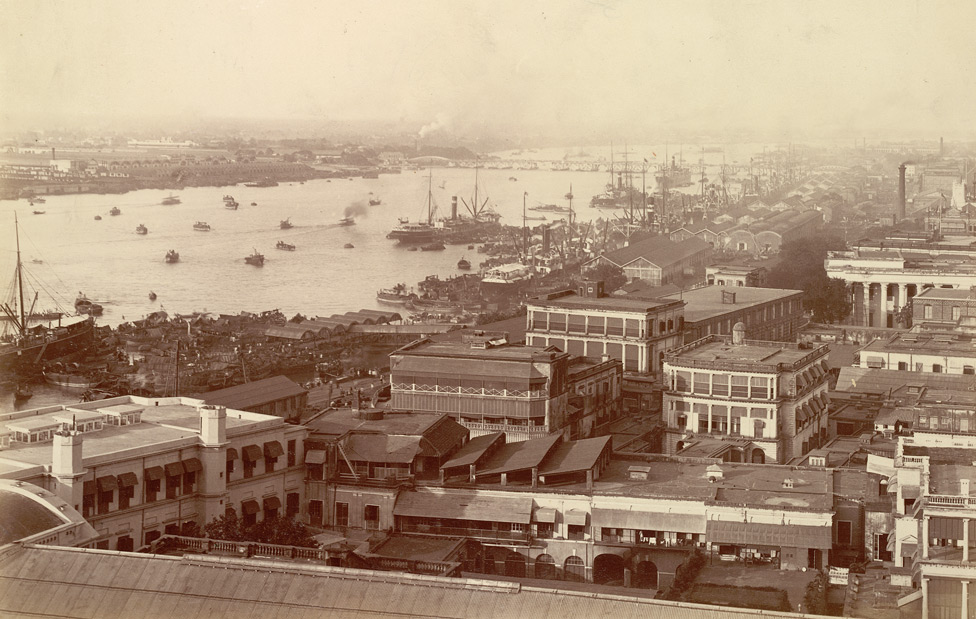
A Walk to Rediscover the Dying Ghats of Kolkata
Another day and another walk along the banks of River Hooghly.
I was fortunate to join two young ladies of “The Ganges Walk”. The walk was to Rediscover the Dying Ghats of Kolkata this time. The walk began in the early morning. It was the end of 2022. The morning breeze was cold and fresh to walk the winding lanes and the bustling localities of Kolkata.

Over the years, many well-established businessmen and administrators built structures along the banks, commonly known as Ghats. Ghats mean flight of steps leading to the River. Kolkata saw a flurry of Ghats dedicated to the city’s people. These Ghats represents diverse architectural styles like Islamic, Art Deco, Noe-classical and Colonial. Trade and transportation were permitted in selective Ghats to ensure better traffic management. While, bathing, praying, and cultural fiestas were permitted largely on all the Ghats.

We began our walk from the Armenian Ghat and the Mutty Seal Ghat. The architecture was indeed grand and spoke of an exuberant yesteryear of grandiosity. But pity that it stands obscure, and daffodils are painted on the walls in the name of revitalisation. Further ahead, the Mullick Ghat, Zenana Ghat, and Prasanna Kumar Tagore Ghat are almost hidden and hard to recognise. It was all to the walk leaders who carefully guided us and pointed to clues to recognise each ghat.
Revitalization measures ensure that heritage is restored for a suitable use. It also suggests be conservation measures to protect and depict a place’s rich cultural identity. The revitalization also elevates the quality of life. It enhances a place for economic regeneration, safety of users, resilience against risk and sustainable fit for future generations.
What meets our eye is different.
It wasn’t only that the ghats were obscured from direct view; many websites, articles and local narratives often call these ghats by other names. The Chotulal Ghat is referred to as Mullick Ghat. The Zenana Ghat as a temple (referred to by shopkeepers and locals and read on other websites).The Prasanna Kumar Thakur ghat is converted into living quarters.



Further ahead, we reached the Nimtala Ghat. It is a Hindu Burning Ghat and holds not only a strong cultural identity but also associational values. The importance of this Ghat lies in its connection to the river. With the river receding over the years, the Nimtala Ghat has shifted three times. The oldest being near the Sree Sree Anandamoi temple. Therefore while the ghats almost appear to be dying, strong cultural beliefs, practices, and larger cultural identities have ensured their survival.

Historic spaces and sites are not assets that we can single out for their uniqueness. Heritage assets exist on connected histories of strong cultural identities evolving constantly and rendering themselves with colours of beautiful memories. The ghats spoke of legacies of generations, business enterprises, and technological advancements.
They also now reflect the dangers of neglect, improper conservation works, unsuitable revitalisation attempts, confusion amongst stakeholders on what is heritage. The ghats are indeed ‘dying’, and it is summoning all to save them from deranged attempts of losing our cultural identities.
Now it is up to us to protect, manage, and revive them to their glory.



